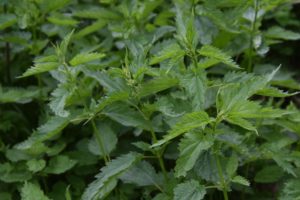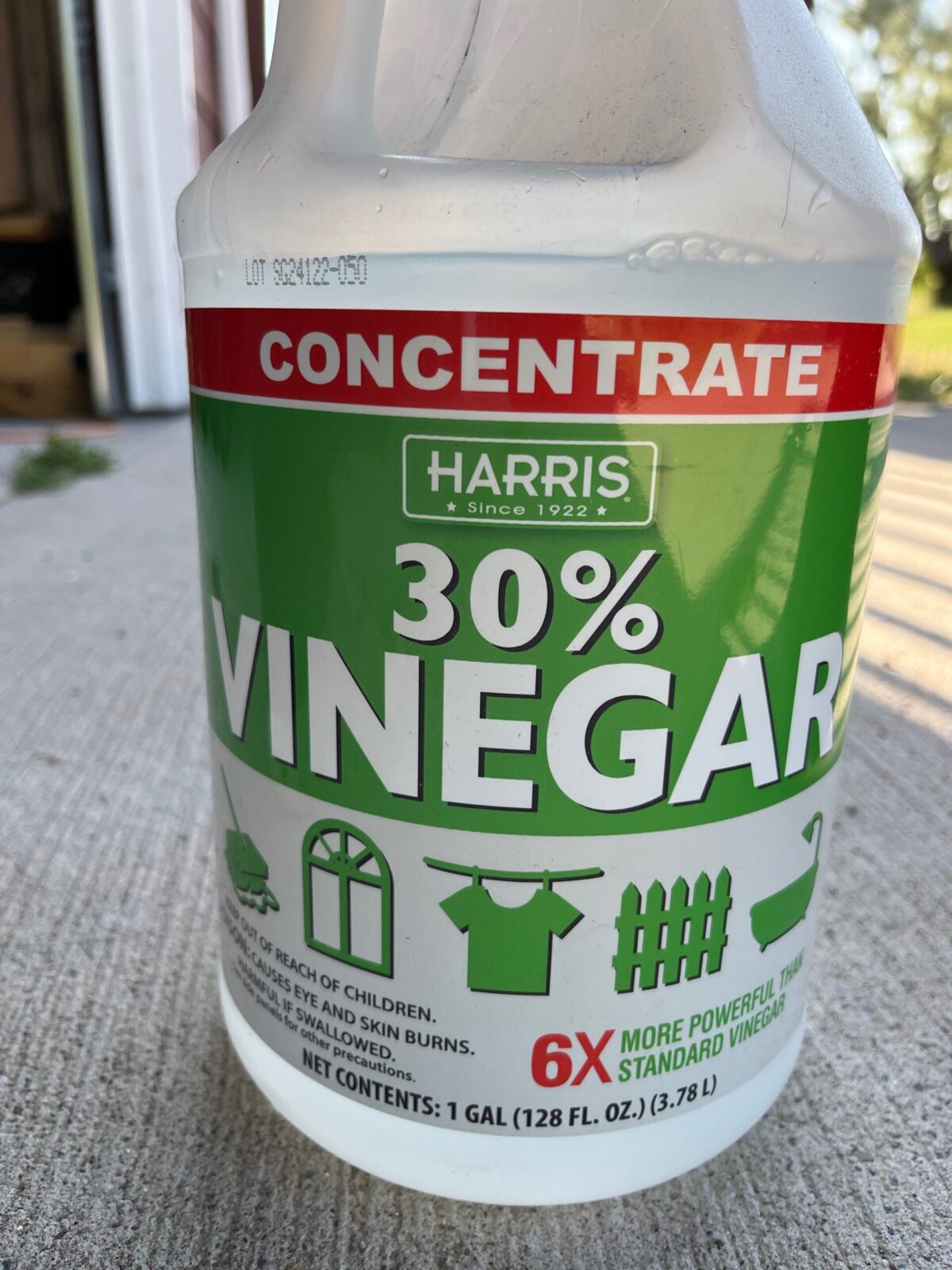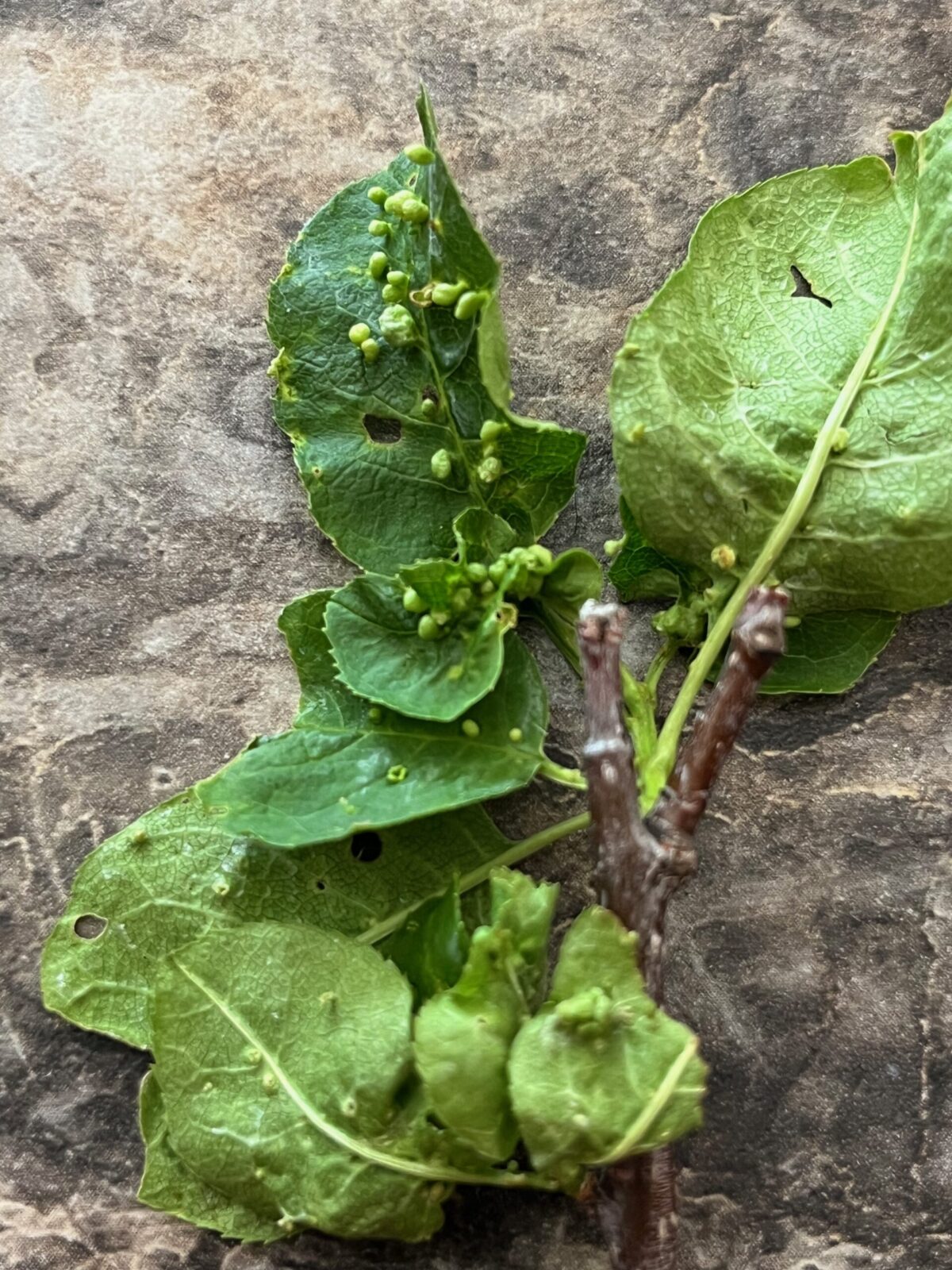Long-term Harvests: Opt for perennial food crops
Views: 293

Besides planning the vegetables for the season, it’s a good time to consider a perennial approach to the garden. By incorporating plants that return each year, it makes each season more productive and easier to manage. Here are just a few examples for those who opt for perennial food crops.
Tasty Tubers as Perennial Food Options
Sunchokes – I’ve grown sunchokes since I was probably 11 years old because I was totally into the self-sufficiency concept even back then. I remember one Thanksgiving harvesting my sunchokes and cooking them in my little fort. But truthfully, as one of our native tubers in North America, sunchokes are an excellent addition in a perennial food plot.
Sunchokes are also called Jerusalem artichokes, which is terribly confusing. First of all, there is no correlation with Jerusalem since they are a North American plants. Secondly they are a species of sunflowers, not artichokes. The best guess for the misnomer is the Spanish and Italian names for sunflower are girasol and girasole. Someone might’ve mistaken this for “Jerusalem.” As for artichoke, there’s speculation that some people think it taste kind of like an artichoke. Who knows, though.
Regardless of where the name originated, the beauty of sunchokes is they are easy to grow. Sometimes too easy and they can have a bit of a weedy nature. As with sunflowers, they prefer full sun and well-drained soil. And the best advice is to put them somewhere where they can spread. You harvest the tubers in the fall through winter. They have a thin skin so it’s a personal preference whether you choose to peel them or not. They can be boiled, roasted, sautéed, and even pickled. The one caveat is if you eat too many they can cause gas, so be aware of your audience when you are indulging in a sunchokes.
What are Tiger Nuts?
Chufa – This is a new one to me, although I’m looking forward to growing it this season. Chufa, also called tiger nuts, is considered a super food with their nutritional content. But instead of a nut, Cyperus esculentus, is a sedge native to Africa. As with the sunchokes, the tubers are harvested at the end of the season. It’s questionable whether it will be hardy in our Zone 3, arid climate, but it can be invasive in other parts of the country. Before planting it in your own garden, research with your local Extension agent to find out if it’s already a weed issue in your area. It would be better to harvest it from where it is not wanted, rather than establish it and possibly create a bigger problem.
Opt for Perennial Food Greens
Nettles – I have a love-hate relationship with nettles. They are the worst when we are hiking, and there’s a special kind of pain when you take a potty break in a nettle patch. But as far as nutritious foods go, they are hard to beat.
Give nettles their own little spot in the garden. Related to mint, they tend to spread. So it’s best to give them room and not fight with them. Wear gloves when harvesting them, but their sting is negated when they’re cooked. Use them as you would spinach in everything from soups to ravioli. The other beauty of nettles is they are high in nitrogen. This means that you can cut and mulch with them to help improve the soil.
Onions at the Ready
Walking onions – This type of onion is great because it seems to always be there when you need it. They don’t form big bulbs like many of our cultivated onions, but they begin growing in the very early spring. You can eat the tiny bulbs, but they tend to be hot. Cut and use the leaves throughout the season. And you can even use the bulbs that form on the top.
There are many more perennial options for the garden, which we might explore in our next post. It makes so much sense to have a structure of these foods that come back year after year. And this is the perfect time of the year to opt for perennial food crops.
Meet Amy Grisak
Amy is a freelance author and photographer in Great Falls, MT who specializes in gardening, foods, and sustainable agriculture. She provides information on every kind…
Amy's Recent Posts

Grab Vinegar to Eliminate Weeds








